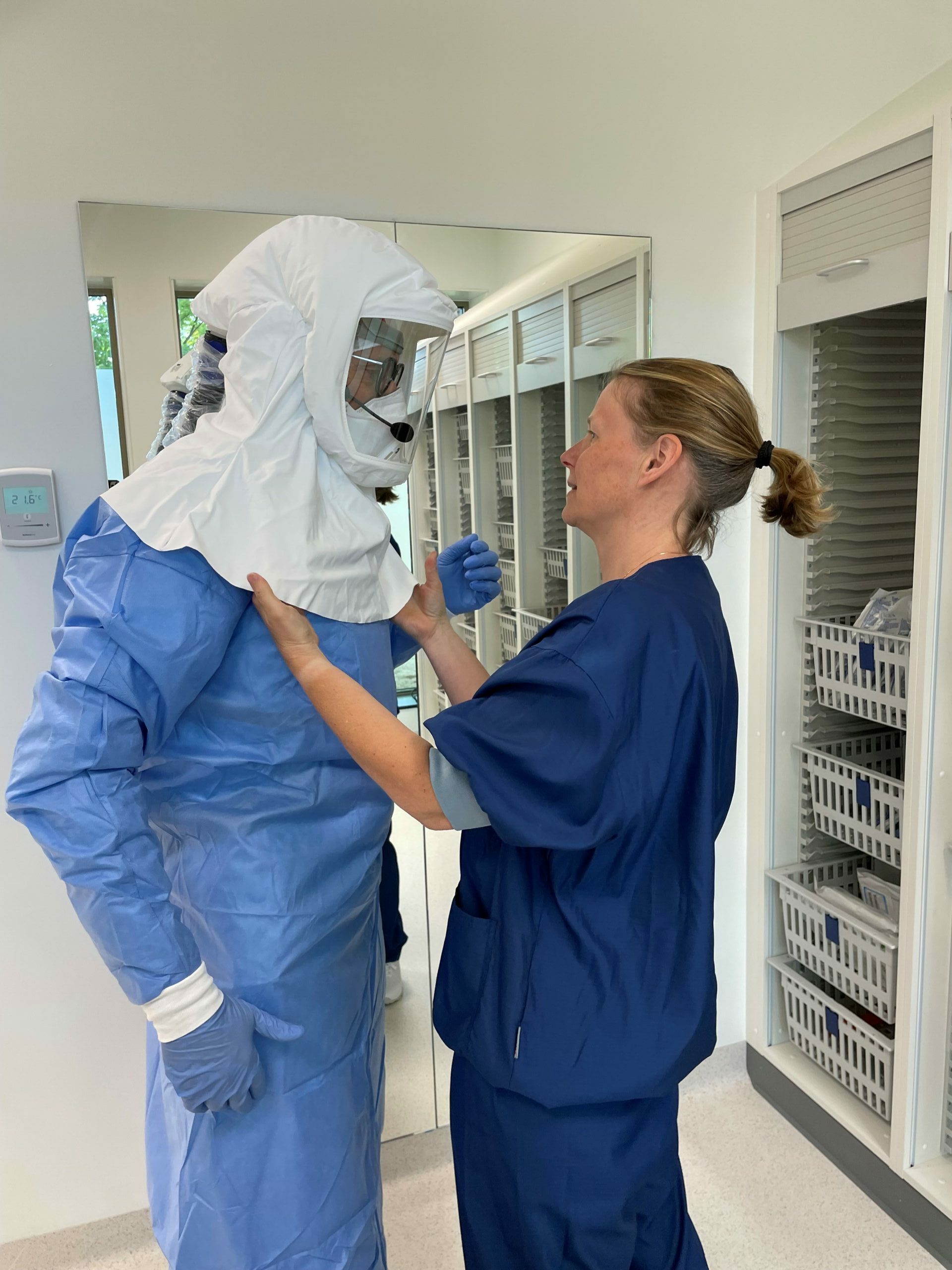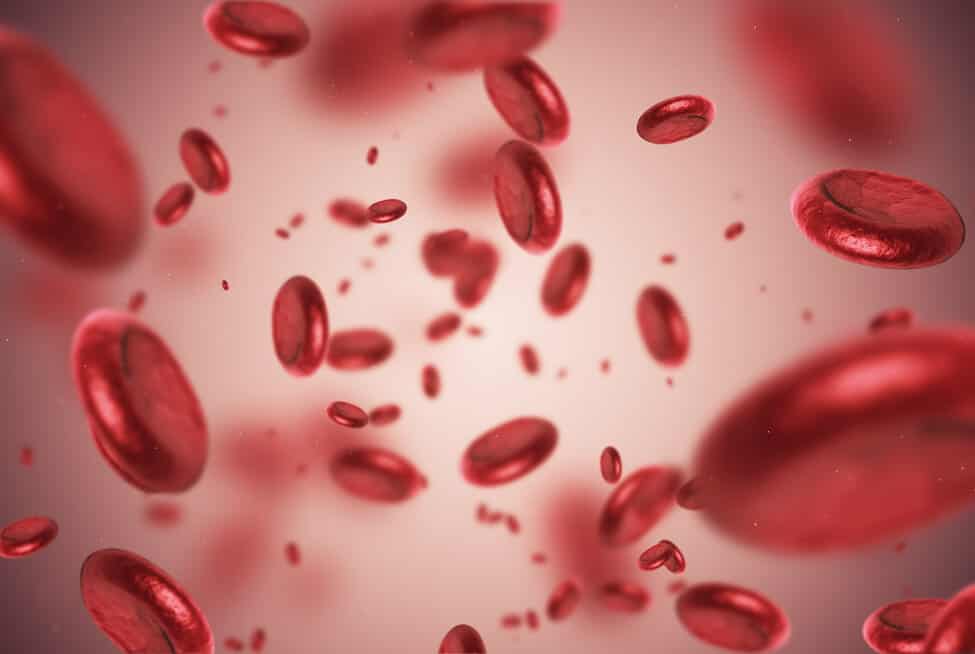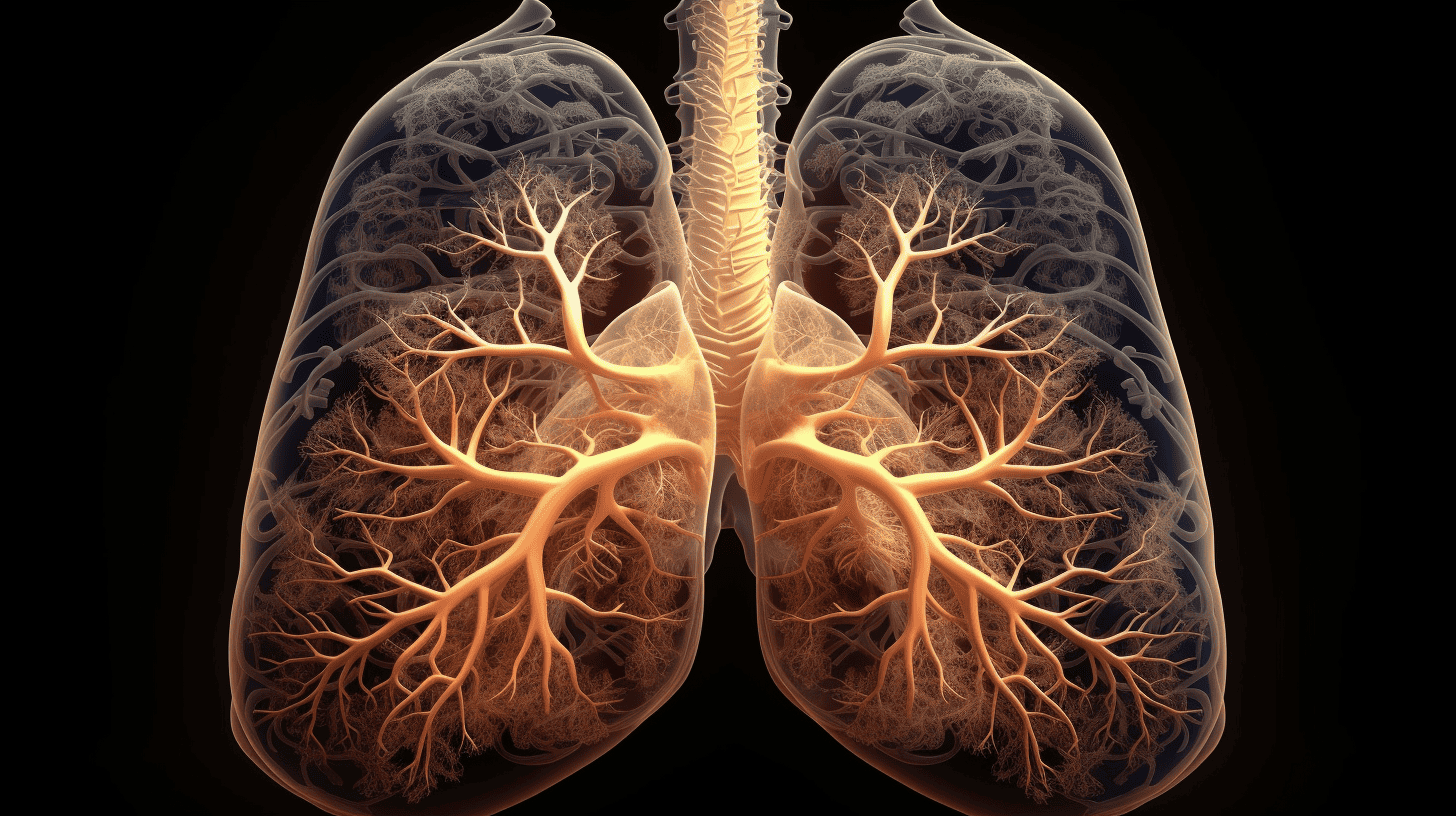
The new isolation ward at Radboudumc in the Netherlands is the most advanced unit of its kind in Europe. The building was recently opened and is fully equipped to treat infectious patients in isolation. For example, it accommodates patients with tuberculosis and other lung-related infectious diseases. But also patients with the extremely dangerous and frequently fatal Ebola or Lassa viruses can be treated here in the safest and most innovative way. Patients with monkeypox will probably not be admitted to the ward, nor will people with COVID.
Completely sealed off
There are five locations in the Netherlands where people with extremely contagious viruses are hospitalized. Up until now, this was done at the Radboudumc in a ‘normal’ wing of the hospital that is then sealed off. But that was never an optimal situation. “If for no other reason than the fact that if a patient is brought in by ambulance, you first have to go through the entire hospital,” Chantal Bleeker, professor of Outbreaks of Infectious Diseases at the Radboudumc, cites as an example. “And you never get a whole wing like that completely sealed off.”
Five confirmed patients
Thankfully, there has not been too much of a stampede involving these dangerous viruses in the Netherlands. In the past fifteen years there have been only five (confirmed) patients, Bleeker points out. Nevertheless, it is still vital to have the beds ready should a (suspected) patient arrive. Four such units are on hand in the new building. The recently discovered monkeypox is not so contagious that the unit will be used for this. However, this does sometimes happen abroad.
Tuberculosis
Furthermore, there are ten rooms for patients with tuberculosis, which still regularly crops up in the Netherlands (especially via patients coming from abroad). In principle, the department will not be used for COVID patients, although that is possible if, for example, a new, much more dangerous variant emerges. Bleeker: “So, we are prepared for this.”
Newest techniques
The department uses the latest insights and techniques to ensure that the care for staff, family and patients is as safe as possible. Ambulances can park in the building, and patients lie in an isolated room which is sluiced off. Each unit has a separate entrance and exit, which are completely sealed off. Protecting the healthcare workers properly is essential, because anyone who contracts Ebola has a 50 percent chance of dying from it.
Cooling vests
It takes a healthcare worker twenty minutes to put on all the personal protective equipment. The cooling vests under the clothing are new, since temperatures in the suit can rise enormously. The units are qualified for ICU care. Another new addition is the ‘VAR support’ outside the unit. This enables direct contact between nurse, doctor or patient, without the risk of spreading the virus. ” Someone is present here 24 hours a day to keep an eye on everything that is going on with the patient,” Bleeker explains.

Strict security
Used materials and basically everything that leaves the room must be disposed of in special waste bins. These bins are stored under tight security, as the waste could fall into the wrong hands and be used as a chemical weapon. “It is currently the newest department for these types of infectious diseases in all of Europe, in which we have been able to introduce lots of innovations,” Bleeker adds.

Cross-border collaboration
The Radboudumc has a wealth of knowledge on infectious diseases and pandemics. The Radboud and the RIVM have been participating in the European PANDEM-2 project for a year now. Bleeker: “We are going to do more research within Europe into how we can best deal with pandemics. There’s a lot to be learned from this cross-border collaboration, also when it comes to the treatment of patients and the safety of your own staff. We are also doing that research from within this new department. We share our findings with the other parties and use the units for training and education. In order to be better prepared for future pandemics, we review and test innovations.







